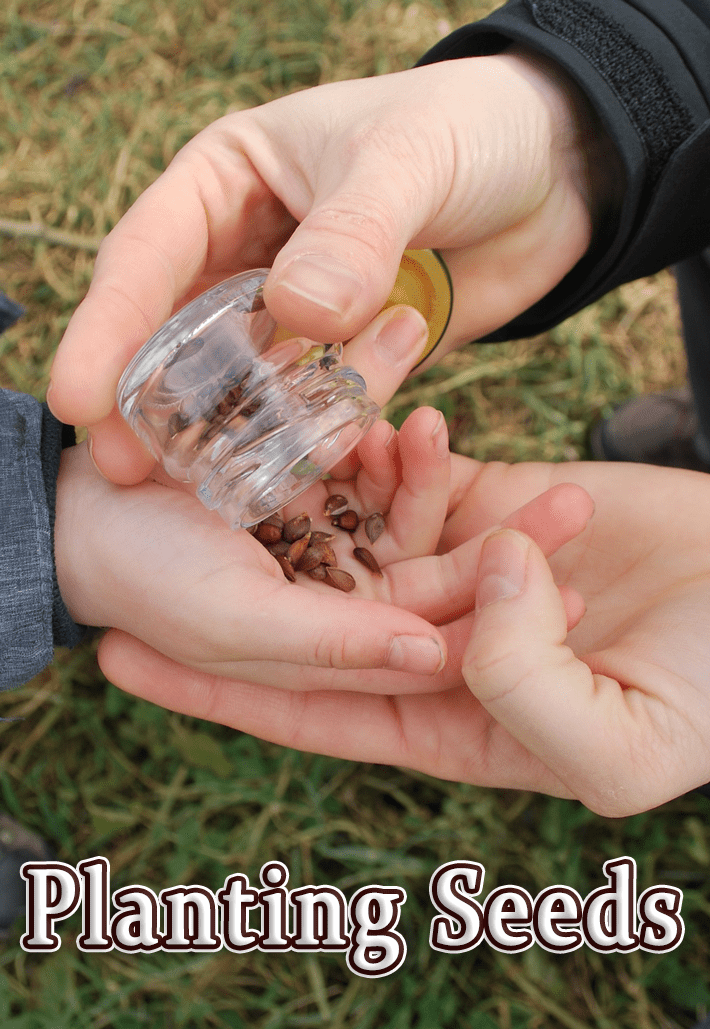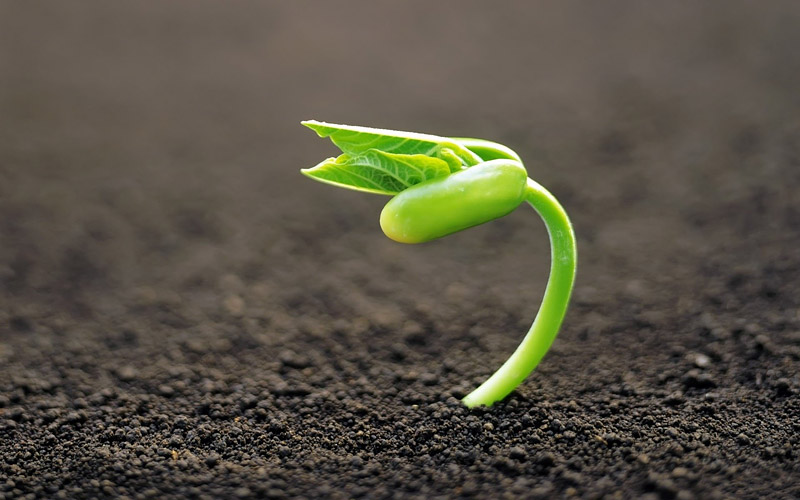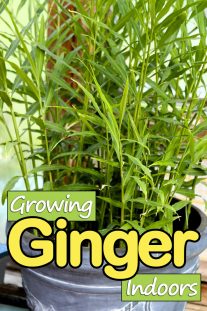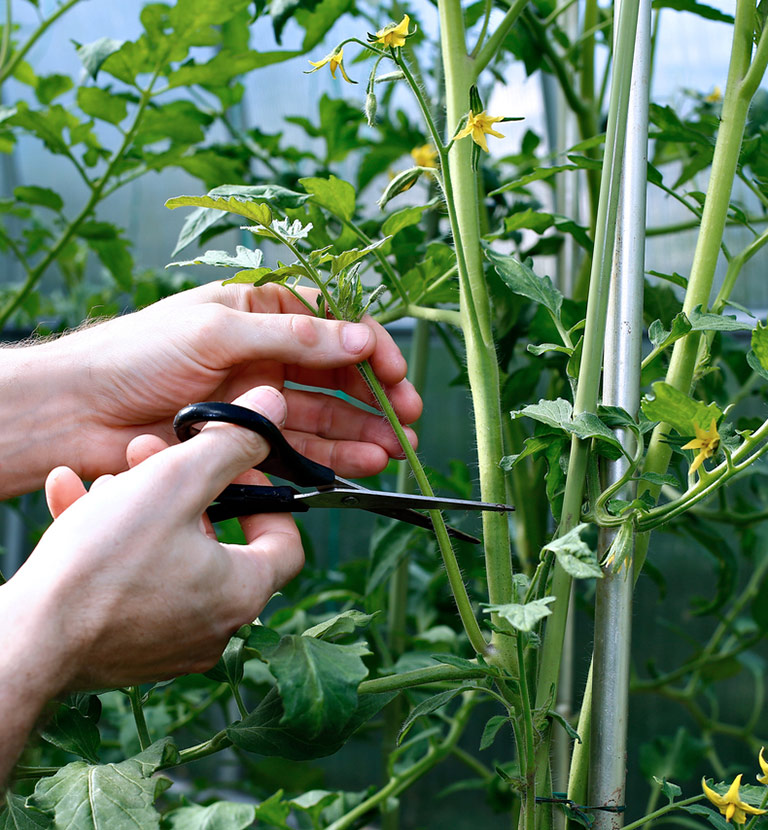
Planting Seeds
Have you ever planted seeds that didn’t sprout? Or seeds that sprouted and then died? There are several reasons why you might not have had success in germinating and growing seeds.
What is a Seed?
Seeds are living, breathing organisms. This is why seed packets are made out of paper, and why seeds should be kept away from hot and cold temperatures and moisture. Some seeds can live for several years, while others are more short-lived.
Before Planting
Before planting, read the back of a seed packet carefully. Seeds need the correct temperature and moisture in order to germinate. Once the seeds have sprouted, keep the soil moist.
Why Seeds May Not Spout
- Your seeds are old. Check the expiration date on the packet.
- You left your seeds in a hot, cold or moist environment and they died.
- After planting your seeds, you failed to keep the soil moist and they died.
- You planted your seeds too deep and they couldn’t reach the soil’s surface.
- Your soil stayed overly saturated and a disease called “damping off” killed the seeds.
- Your seeds sprouted but a snail (or other pest) came along and ate them.
- Why Seedlings Die
Once seedlings sprout, they require adequate moisture to continue growing. Keep soil moist but not overly wet, as seedlings die quickly when soil dries out. Sometimes seedlings may be killed by pathogens known as “damping off” diseases which cause them to shrivel and/or fall over. Damping off can be found in overly wet garden soil or in potting soil or containers that have been reused. A cure for damping off does not exist, so avoid using garden soil in containers and sterilize any containers you reuse with a 10% bleach in water solution.
Planting Seeds Indoors
You can start seeds indoors or in a greenhouse 4-6 weeks before the last frost date. Use a seed starting mix and avoid mixes with fertilizer or the ingredient “sedge peat” (keeps soil too wet) Use containers like 6 packs, egg cartons or milk cartons (poke several holes in the bottom with a pencil for drainage). Label your containers with the name of the seed and the variety. Keep the seed packets in case you want to reference them later.
Planting Depth
Tiny seeds that need to be planted 1/8 to ¼ inch deep are often buried too deeply. One way to avoid this is to place seeds on the surface of the soil and lightly sprinkle planting mix over the top. For larger seeds, measure an inch on your finger and use that to help you determine seed planting depth.
Thinning
Two to three weeks after seedlings sprout, you’ll need to thin them to the correct spacing indicated on the seed packet. It’s vital that you do this; otherwise the seedlings compete with each other for space, water and light and become stunted. To thin, snip or gently pull out seedlings. If you are thinning vegetable greens like lettuce, beets or Swiss Chard, you can add the greens to your salad.






Leave a Reply